A roof garden is a great idea to add some green to a dwelling regardless of its size. But now you’re wondering about the different types of rooftop gardens. We’re here to help you with this concern and here’s what we found.
Roof gardens generally come in three different types:
- Extensive
- Intensive
- Semi-intensive
Each roof garden type has its unique properties, benefits, and shortcomings. So keep reading as we discuss these rooftop gardens in greater detail. We'll also discuss other related yet relevant topics, such as how to build a roof garden on your house.
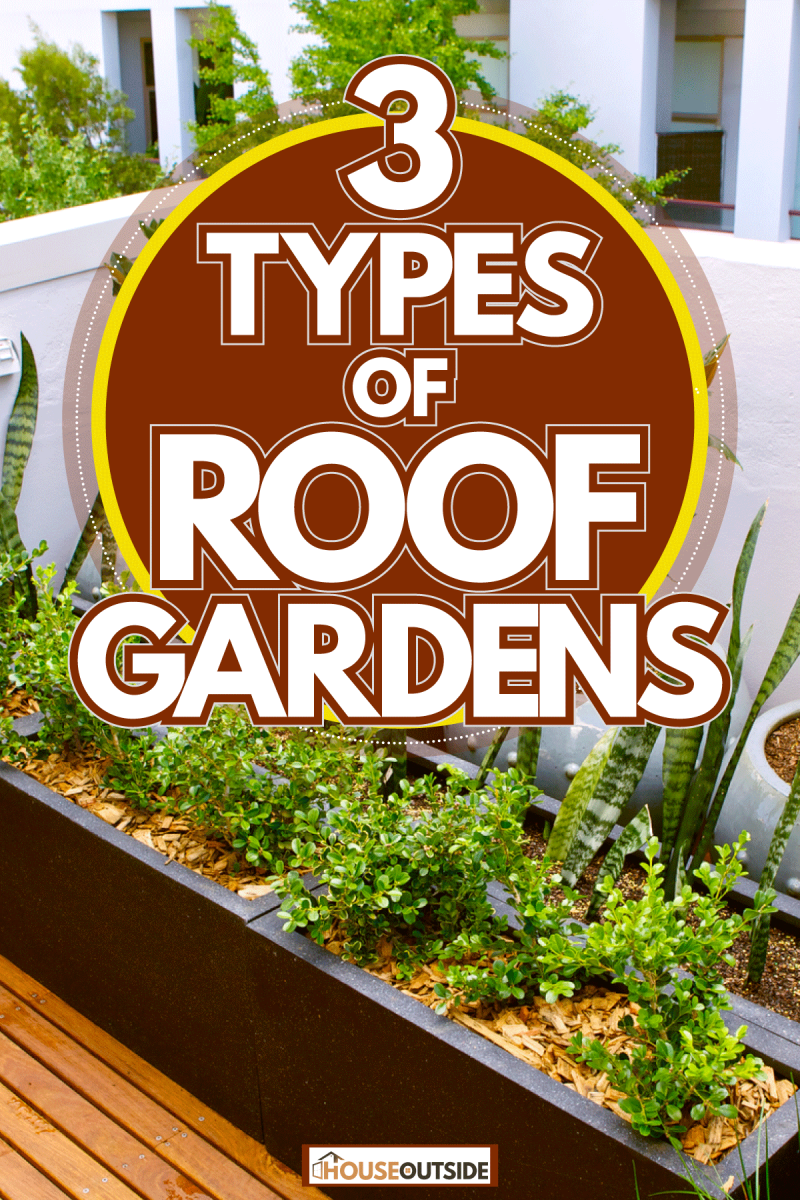
What Are The Different Types Of Roof Gardens?
Before proceeding to read this section, bear in mind that some roof garden types might not be ideal for certain scenarios. Make sure to check your dwelling’s roof while understanding the different rooftop gardens to know your options.
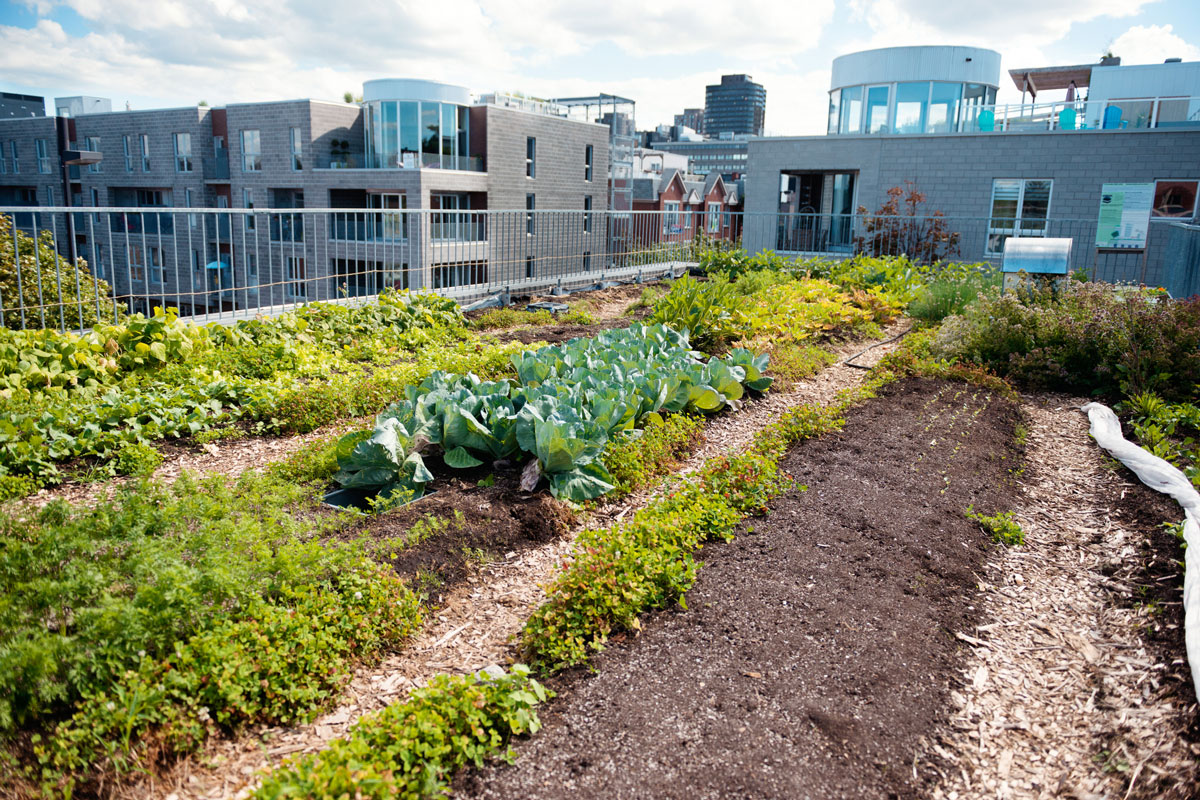
Extensive Roof Garden
An extensive roof garden is typically your standard greenery on top of your dwelling. It can often be home to different plants, particularly succulents.
Take note that you don’t need a significant amount of space to make an extensive green roof. Oftentimes 4 to 6 inches of growing media should suffice. But it’s still possible to attain this rooftop garden if you’re working with a fairly small space.
However, pay attention to the plants on your extensive roof garden. Don’t choose plants that can grow more than 16 inches tall. Any taller than that height will be destructive for the plants as the soil won’t be able to support their roots and stems.
Still, if you’re new to rooftop gardening, the extensive model might be an ideal entry point. It’s typically a low-cost green garden that usually doesn’t demand significant care.
Check out this mix of succulent seeds on Amazon.
Intensive Roof Garden
Unlike extensive roof gardens, intensive green rooftops often require deep substrates. Gardeners with sufficient background and skill in planting different greens may want to choose this roof garden model.
Generally, an intensive roof garden has an intricate design. It’s also a good choice to build this rooftop lawn on a concrete structure. This sturdy base also means that you have a vast array of plant choices to place in this garden, ranging from shrubs to trees of different sizes.
Ensure that your dwelling has fairly large dimensions to support an intensive roof garden. If successful, you and the environment can enjoy multiple benefits like:
- Creating and supporting habitats for wildlife, such as different species of birds and insects.
- Reducing dust and pollutants by planting reasonably large plants.
- Increasing insulation to help cool residences and business establishments by about 35 degrees Fahrenheit.
- Improving the property’s curb value for a higher-than-usual return on investment (ROI).
- Optimizing the property’s footprint to reduce wasted space.
If you wish to proceed with building an intensive rooftop garden, you may need to spend more money than installing an extensive roof lawn.
Check out these outdoor hybrid willow trees on Amazon.
Semi-Intensive Roof Garden
A semi-intensive green roof has properties also found in extensive and intensive rooftop gardens. As a middle-ground green rooftop model, it typically uses both small grass and shrubs with fairly large foliage.
Some benefits of adding a semi-intensive garden to a rooftop are:
- Supports biodiversity. It helps restore lost greeneries during the construction of the house or business establishment.
- Reduce food costs. Gardeners can choose to plant produce to help curb the expenses of commercially-bought groceries.
- Creates a space for interaction. Property owners might wish to add comfortable furniture, such as chairs and sofas to make the garden into a place for social gatherings.
- Reduce greenhouse effects. Adding plants can help combat the harmful effects of greenhouse gases, especially climate change.
Despite having multiple benefits, building a semi-intensive garden has its unique challenges. For instance, this rooftop garden model might not be suitable for certain climate conditions.
Some plants used for this structure may not grow properly or at all because of the locale’s standard weather conditions.
How Do You Build A Roof Garden?
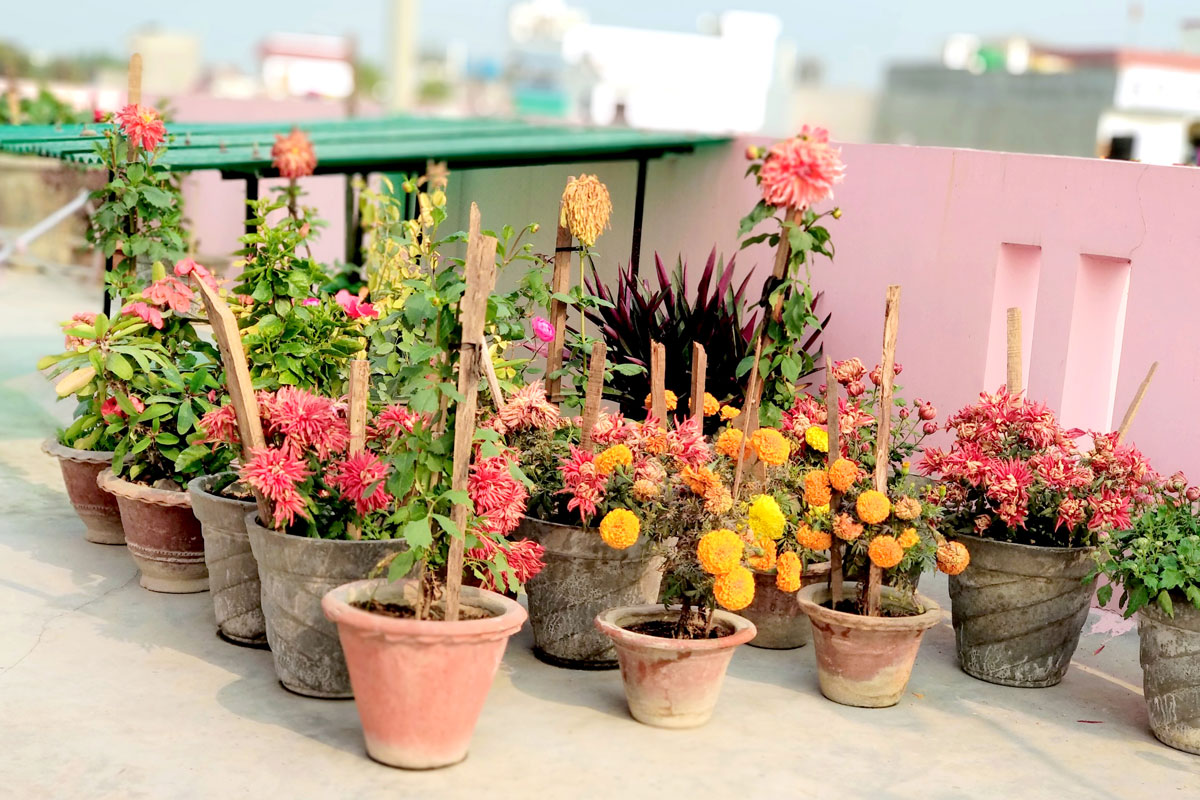
As with planning for a typical garden, rooftop greenery needs careful preparation and care for it to thrive. For instance, take note of these important things:
- Document your plan. It’s often not to trust your memory when planning for your rooftop garden, particularly when you’re dealing with numbers.
- Check and adhere to rules. Some locations, such as apartment complexes, may require you to consult property owners before you can start making your green roof.
- Only use sturdy materials. Don’t skimp on using gardening equipment for your rooftop greenery or you’ll put your plants at risk of getting harmed by the elements.
- Pick the right plants. Plant the right foliage and/or produce that fits the space’s living conditions.
After completing the necessary preparations, and if you can proceed with this project, here are the general steps to start your roof garden:
What You’ll Need
- Heavy-gauge plastic sheeting
- Plywood sheets
- Drainage pipe
- Pea gravel
- Hand drill
- Screws
- Preferred plants and soil
Step-by-Step Guide
- Lay the plywood sheets over the roofing material. Then, place the heavy-gauge plastic sheeting.
- Install and secure the drainage pipe by the edge of the roof to help catch and guide rainfall.
- Place the pea gravel and your preferred soil on top of the plastic sheeting.
- Plant your seeds and foliage in the soil, and start caring for them.
Check out this drainage pipe on Amazon.
Watch the video below to gain additional insight into this project:
What Are The Advantages And Disadvantages Of A Roof Garden?
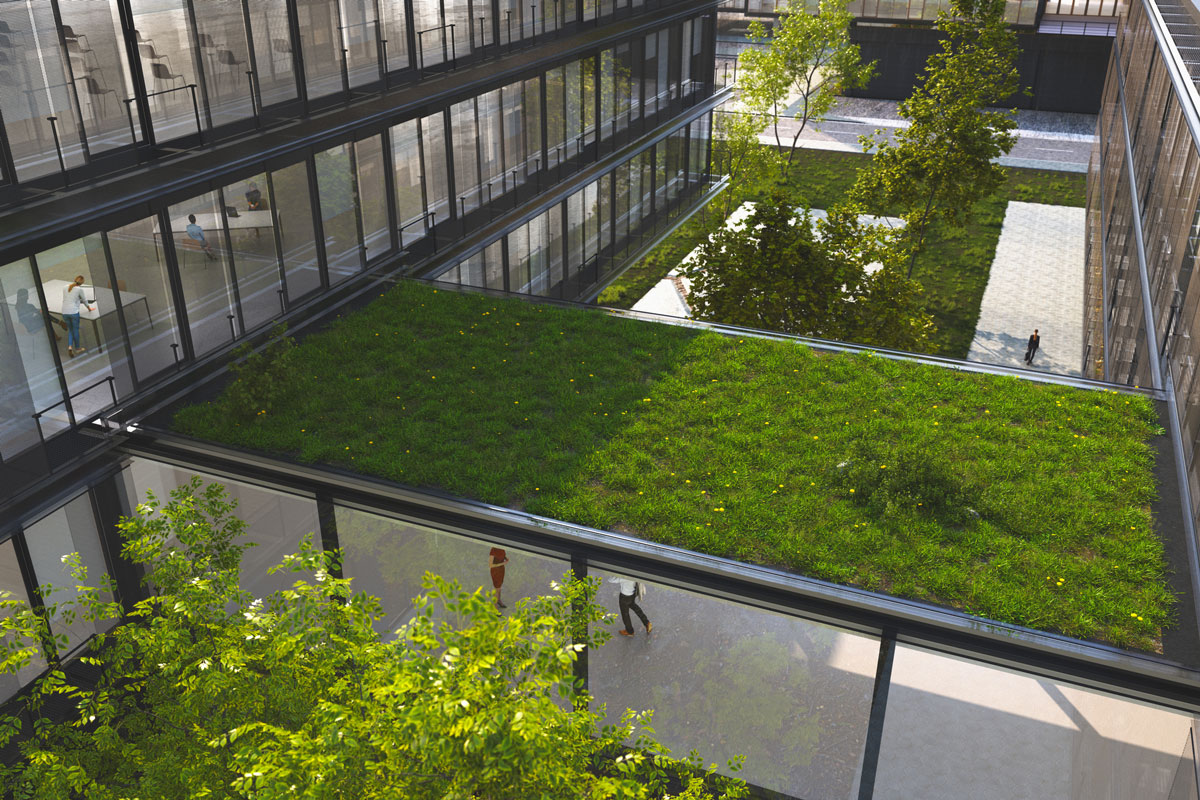
Keep in mind that roof gardens often provide certain benefits and drawbacks to their animals, people, and the environment. Also, these pros and cons typically appear regardless of the type of green roof installed.
Advantages Of Green Rooftops
- Purify the air. Adding plants to the vicinity can improve photosynthesis, which is their ability to convert airborne carbon dioxide into breathable oxygen.
- Improve mental health. Looking at the color green may help bring peace and security, helping you to de-stress from a hectic day.
- Regulate the ambient temperature. Plants can typically help evaporate water to assist in reducing extreme heat.
Disadvantages Of Green Rooftops
- Increased maintenance costs. Aside from spending on your property's utility bills, you may also need to allocate money to starting and caring for your roof garden.
- Water retention. Some flooding could occur on your roof, which may also lead to ceiling leaks if left unchecked.
- Additional weight. If the roof doesn’t have sufficient sturdiness, the material may bow or dent from the structure’s additional mass.
Is Rooftop Garden Safe?
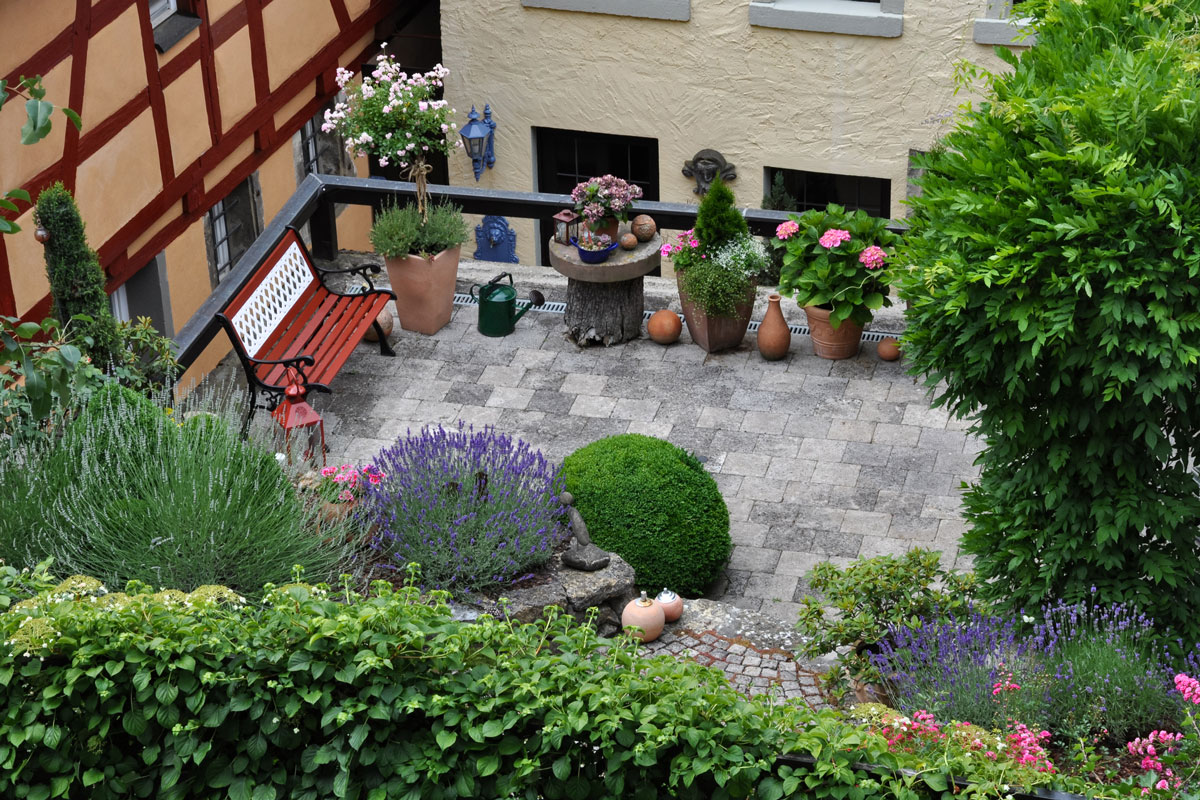
Rooftop gardens are typically safe for residences and business establishments, as long as proper planning and maintenance exist. The resulting green roof can also become safe habitats for relatively small wildlife, such as birds, butterflies, and squirrels.
How Much Does A Rooftop Garden Cost?
Expect to spend about $30 per square foot on starting a rooftop garden. However, the initial expenses may reach approximately $200 if you’re going for an elaborate setup for your home. On the other hand, the overhead might come to about $13,500 for large green roofs, particularly for businesses.
Final Words
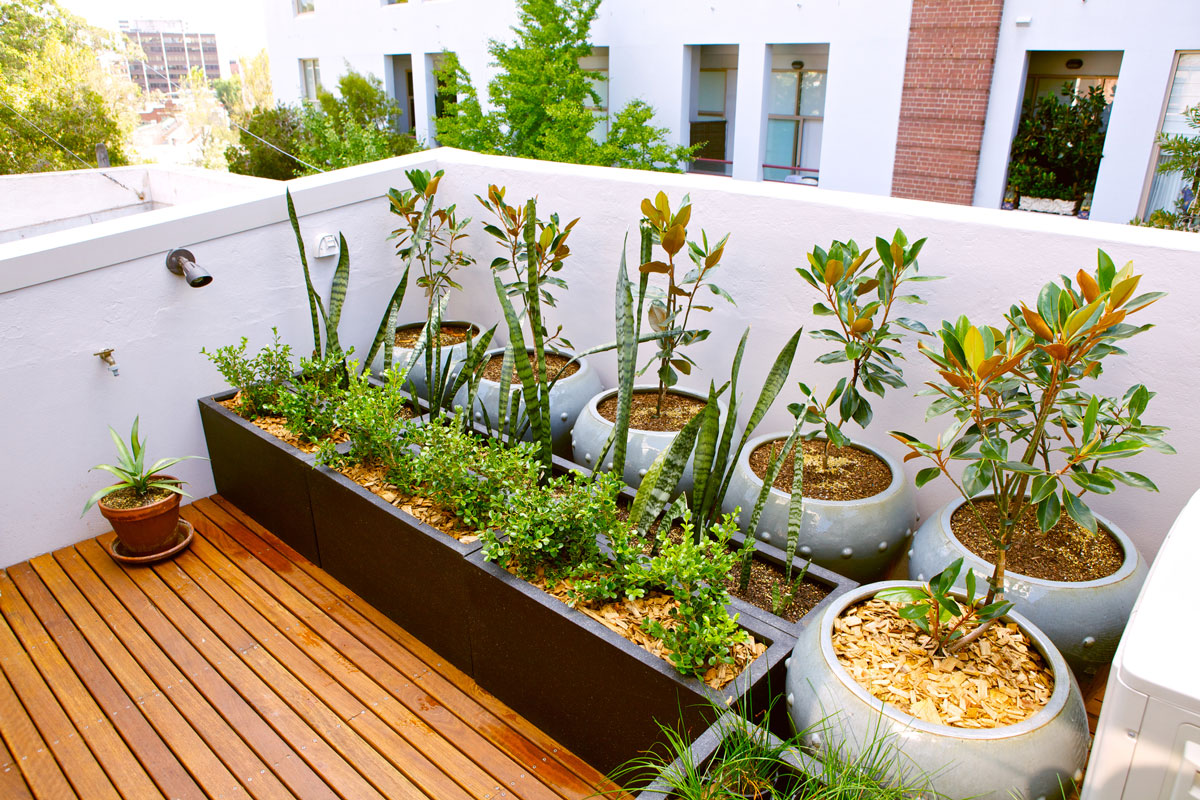
You can choose among three different types of roof gardens for your property. Make sure to understand your space’s limitations and restrictions to ensure your green roof goes well.
With proper planning and maintenance, your chosen roof garden should become a haven for healthy plants and small wildlife.






